
Air pollution: what is it and how can child health professionals take action?
RCPCH Clean Air Fund partnership 2025


What does air pollution mean to you?



Air pollution: what is it and how can child health professionals take action?
RCPCH Clean Air Fund partnership 2025


What does air pollution mean to you?








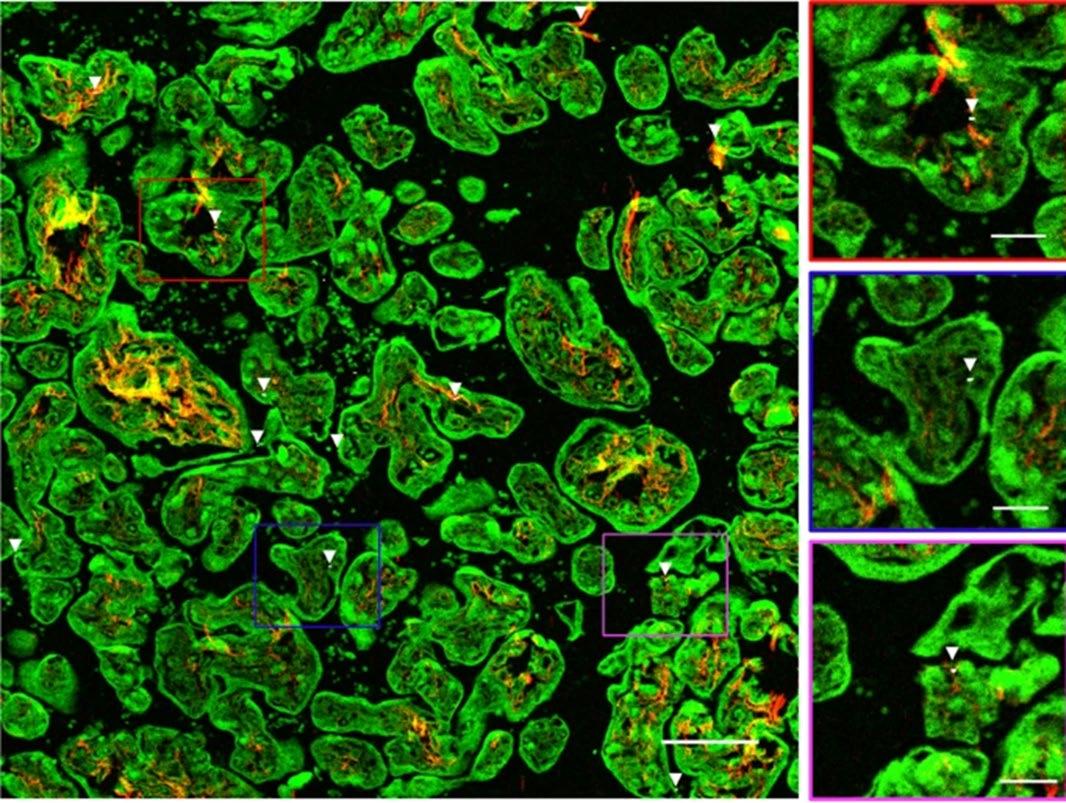
Nat Commun 10, 3866 (2019). https://doi.org/10.1038/s41467-019-11654-3



“We all breathe so should all care.”
- RCPCH &Us Young Person


• Economic loss: outdoor air pollution currently costs 2.6% of the UK’s GDP annually
• Healthcare burden: In 2017, the combined NHS and social care costs attributable to PM2.5 and NO2 amounted to £42.88 billion
• Potential economic gain: Achieving the air quality guidelines set by the WHO could boost the UK economy by £1.6 billion annually, according to CBI economics

• Exposure: Low-income households are exposed to higher levels of air pollution e.g. proximity to busy roads, insufficient ventilation and higher occupancy
• Adaptation: Low-income households have fewer housing options, fuel poverty and limited resource to address damp and mould
• Vulnerability: Low-income individuals are more likely to have preexisting medical conditions increasing vulnerability to air pollution


• Lived on South circular road in Southeast London
• Developed severe asthma at 7 years old which led to her death in 2013 aged 9
• Ella’s death certificate is the first in the world to list air pollution as a cause of death
• Her case highlights the critical need for stricter air quality measures and better education on the health impacts of air pollution

• RCPCH survey 96% clinicians said housing affects their patients
• Currently 3.6m children in the UK live in poor-quality housing
• 2022 English Housing Survey found overcrowding disproportionately affects children
• Systematic review of 135 papers found correlation between presence of mould and developing asthma before 9 years
• Viral survivability improves in colder temperatures, with transmission (e.g. RSV) peaking at around 5oC


• Two-year-old boy, from Rochdale, died in December 2020 from black mould related respiratory illness
• His father repeatedly tried to raise concerns with the housing provider
• Legal reforms known as "Awaab's Law," require timely repairs for damp and mould in social housing
• His case underscores the critical need for improved housing conditions and quicker action from housing providers



“As there is now strong evidence of harm from even low levels of air pollution, failure to disclose this knowledge to families is paternalistic and arguably makes paediatricians complicit in an ongoing mass breach of children's rights.”

• 954 children and young people (CYP) took part in RCPCH Roadshows
• 82% believed there was a connection between air pollution and health problems, identifying respiratory issues as the primary impact
• 77% said that it was important for CYP views on improving air quality to be listened to by people in power
• 58% had learned about air quality in schools, but only a minority had discussed air quality with healthcare professionals


“We all breathe, so should all care.”
“Because it can affect physical health and future generations will suffer”

“We need trees for oxygen not housing blocks.”
“If some people breathe clean air, then why can't others.”
“Sometimes my area stinks and when we go on a walk we see rubbish. There is also a lot of traffic”
“I think air pollution can cause health problems for healthy people and make it worse for people with an existing health conditions.”
“I’m particularly concerned for marginalised communities who will be most impacted, despite not being perpetrators
What do you think the barriers are to acting

• Competing stressors
– “my headspace is occupied with higher priority issues”
• (Mis)understanding the problem
– “this is a problem for other experts”
• Maintaining their standing
– “getting action wrong could hurt my reputation”
• Lack of inspiration or action they could take
– “It’s unclear what action I could take”
• Overcoming helplessness
– “there’s nothing that my patients can do”


Can anyone share examples of times they’ve talked to patients about air pollution?





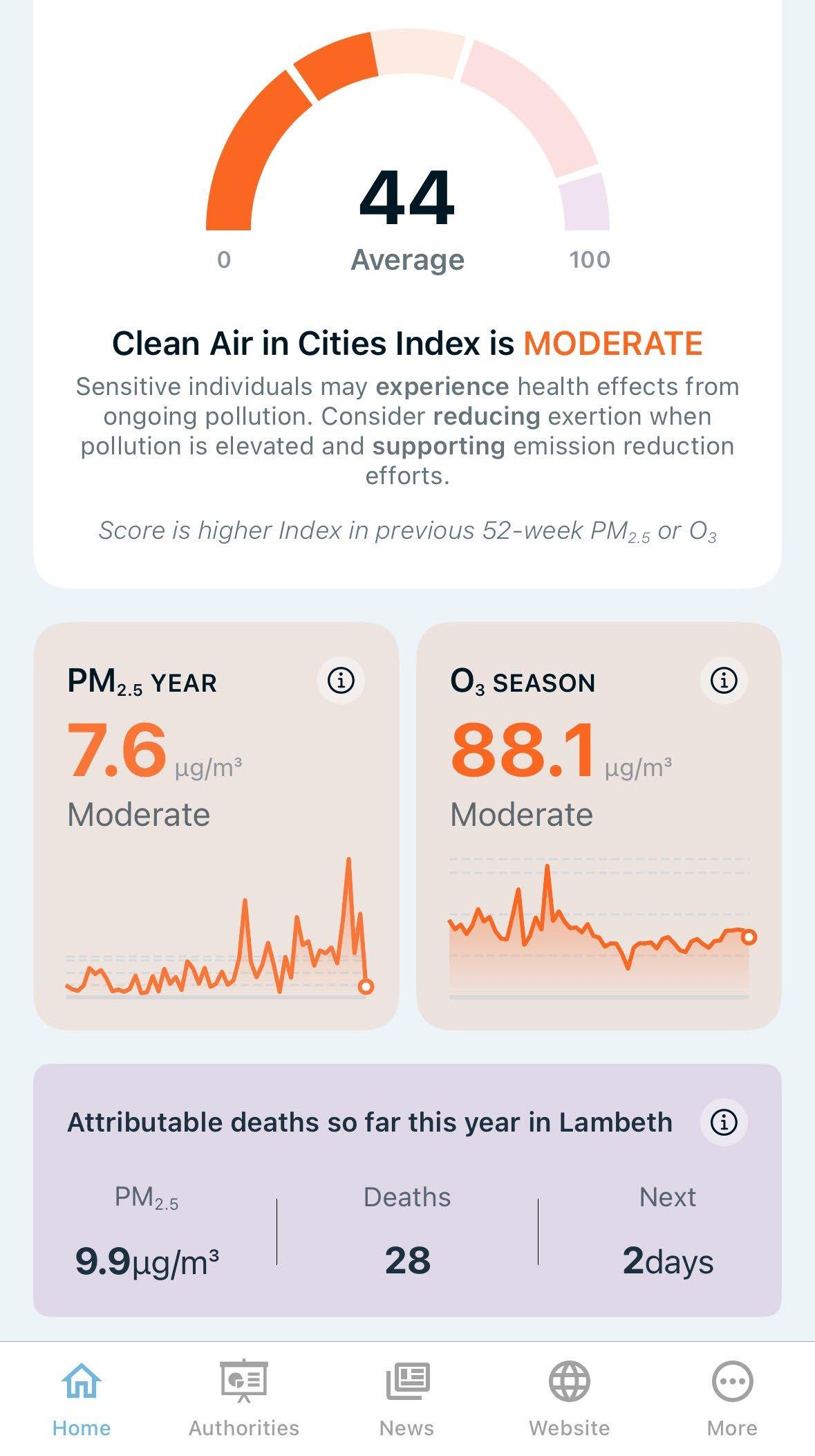

Air pollution is not a new thing, we just know a lot more about it now. Outdoor air quality is much better than five or ten years ago.
Don’t think of air pollution as a new threat to your health. Instead, think about how your new knowledge means you can make informed choices to reduce your exposure, aiming to live healthier, for longer.
We can try to reduce the amount of time we spend in polluted environments.
If we walk or cycle, is there an alternative route that has less traffic? Try walking on the side of the road with fewer vehicles., and on the pavement farthest from the road? When we wait at lights or bus stops stand further away from the road or idling vehicles.
Travel actively; walk or cycle. This brings the benefit of physical exercise, as well as decreasing pollution exposure vs the same route travelled inside a car.
Never idle an engine.

Volatile organic compounds (VOCs), are airborne chemicals.
Gas hobs/ovens produce nitrogen dioxide (NO2) and particulate matter (PM). Charcoal grills and wood pizza ovens produce PM.
When heated, some oils become airborne and form PM and VOCs.
Indoor air pollution is not a new phenomenon, but it is something we should think about and take action to avoid where possible.
Choose unscented cleaning products, and liquid or gel cleaners rather than sprays.
Avoid scented room sprays and candles.
Choose low-VOC decorative materials and furnishings.
Open a window for ventilation whilst cooking or cleaning.
Use an extractor fan if you have one.
Use cooking oils that doesn’t smoke or burn at high temperatures.
Make sure you have a carbon monoxide alarm in your kitchen if you have any gas appliances.

Exposure to damp and mould may be responsible for the onset or worsening of asthma symptoms.
Ventilation is particularly important, especially after activities that produce water vapour such as boiling a kettle, cooking, showering and drying clothes.
There may be some circumstances where landlords and housing providers should take action to tackle problems that tenants cannot control. All people have a legal right to be able to live in safe housing.
Burning wood and other solid fuels like coal, coffee logs etc. unavoidably produces air pollution. Using wood for heating releases much more PM than gas or electric heating.
Even the most efficient wood burning appliances and fuels release a considerable amount of air pollution. Although some fuels are marketed as ‘smokeless’, they still release a lot of air pollution when burned.
Air pollution is created when burning wood and solid fuels, even if we cannot see any visible smoke.

Evidence is limited. Some masks may capture larger particles, but might not filter smaller particles or gases like nitrogen dioxide (NO2).
A mask should fit closely to your face with no gaps, and meet an established standard for filtration (such as N95, KN95 or FFP2).
Depend whether they have effective filters for the different types of pollutants. Some of them release ozone (O3) air pollution so they might be removing one type of pollution but releasing another.
Air purifiers are expensive to purchase and to run.
Better to try to tackle the sources of pollution and utilise natural ventilation, rather than relying on air purifiers.
EVs have lower carbon emissions and produce less air pollution than petrol and diesel vehicles as they do not have tailpipe emissions.
All vehicles, including EVs, release PM from tyre and brake wear.
EVs are typically quite expensive and therefore not a viable option for everybody.
It is much better for the environment and for public health if we can use active transport or public transport whenever possible.

Can anyone share examples of times they’ve advocated about air pollution (or another topic)?

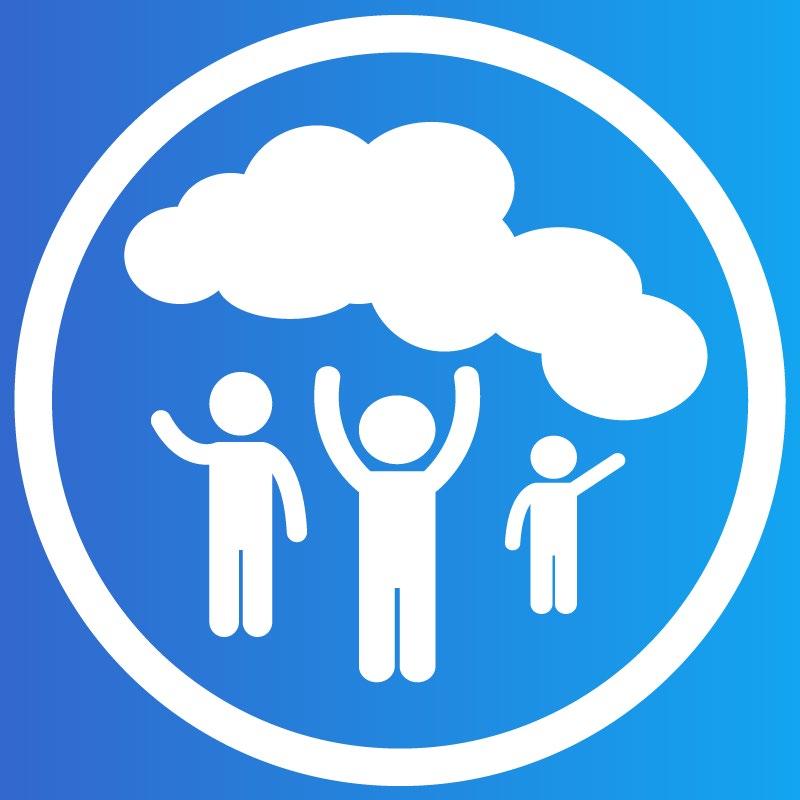
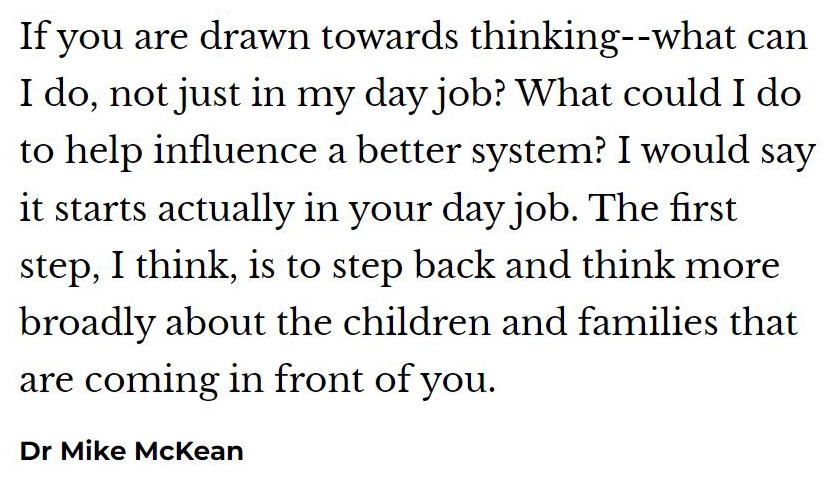

• Personal - we are role models in our own community, educate ourselves and make small steps (travel, food, finance etc)
• Professional – make air pollution conversations business as usual e.g. choosing medications that reduce emissions as well as being better for the patient, taking care not to blame the individual. In leadership roles advocate for sustainable practice.
• Political – use our trusted voices to speak up on local, regional and national platforms.







• Group of paediatricians and allied professionals
• Inspired by the case of Ella Kissi Debrah
• Started 2021 with a cycle to COP 26
• Communicate about air pollution through cycles all over the world: – 80+ rides – 13 countries – 5 continents

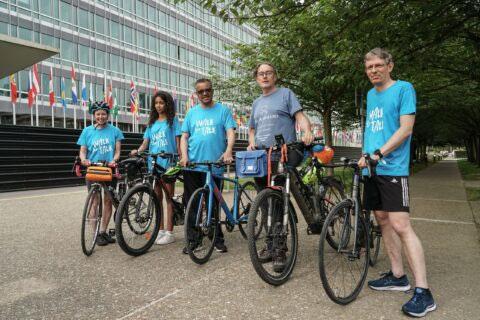

• Air Pollution is a major public health threat globally and we see the clinical consequences daily
• Child health professionals are some of the most trusted people in society – we have a moral duty to act
• Taking action on air pollution can be intimidating, but there is lots of information and support out there
• Start small – a conversation with a colleague or a patient – it might change the course of their life


Your ‘one stop shop’ to learn about air pollution and child health and integrate it into your practice
Developed by the Clean Air Fund Partnership team, including Clinical Fellows and RCPCH policy experts
www.rcpch.ac.uk/air-pollution



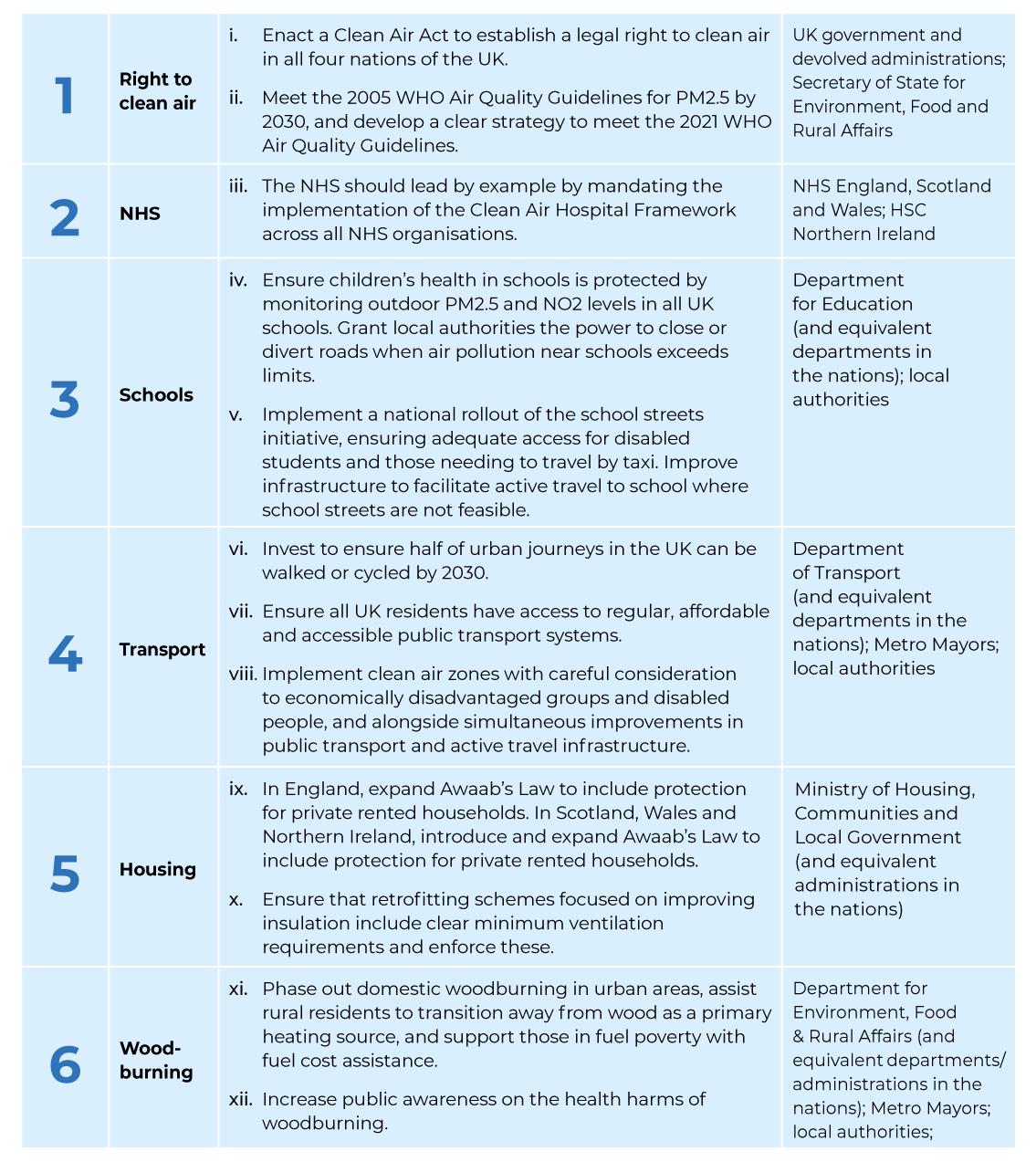
• Use our ‘Air Pollution in the UK’ Position Statement recommendations to support local advocacy
• Print out the ‘Quick read’ to put on the desk of people in power








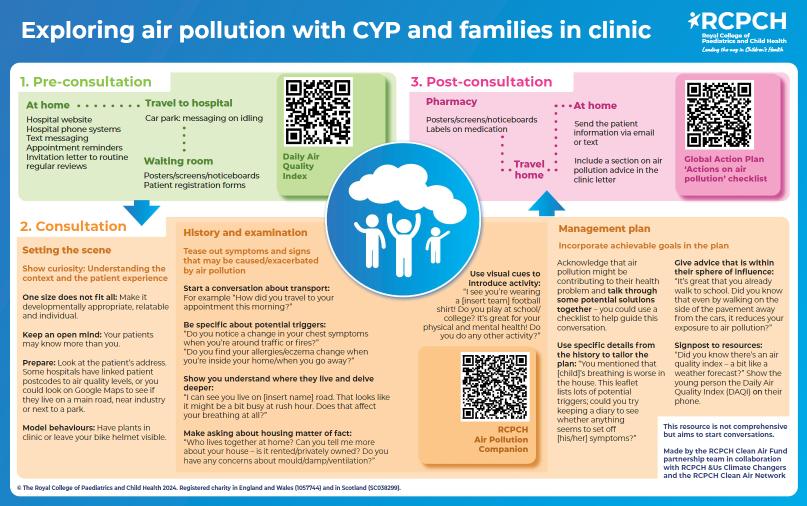













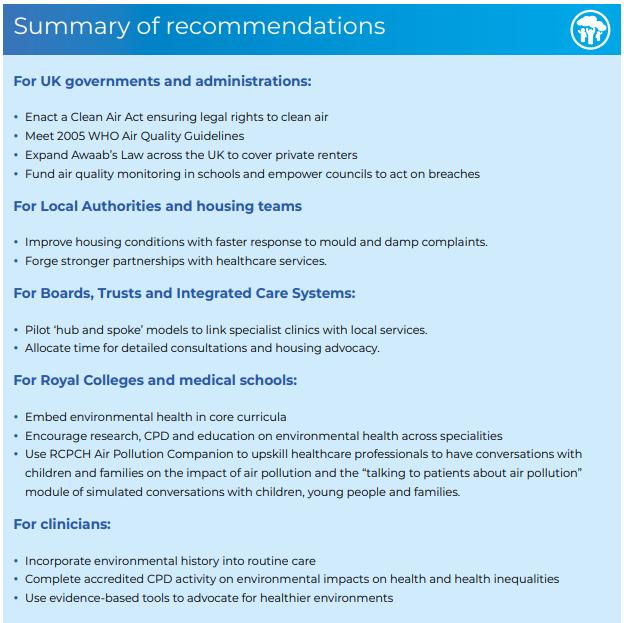



Your ‘one stop shop’ to learn about air pollution and child health and integrate it into your practice
Developed by the Clean Air Fund Partnership team, including Clinical Fellows and RCPCH policy experts
www.rcpch.ac.uk/air-pollution


GBD 2021 Risk Factors Collaborators. (2024). Global burden and strength of evidence for 88 risk factors in 204 countries and 811 subnational locations, 1990–2021: A systematic analysis for the Global Burden of Disease Study 2021. Lancet, 403(2162–2203).
Health Effects Institute. (2024). State of Global Air 2024. Special Report. Boston, MA: Health Effects Institute.
Fuller, G., Friedman, S., & Mudway, I. (2023). Impacts of air pollution across the life course – evidence highlight note. Environmental Research Group, Imperial College London.
UK Health Security Agency. (2022). Statement on the differential toxicity of particulate matter according to source or constituents. Available at: www.gov.uk [Accessed 12 June 2024].
Ghosh R, Causey K, Burkart K, Wozniak S, Cohen A, Brauer M (2021) ‘Ambient and household PM2.5 pollution and adverse perinatal outcomes: A meta-regression and analysis of attributable global burden for 204 countries and territories’. PLoS Med 18(9): e1003718. https://doi.org/10.1371/journal.pmed.1003718 pmid:34582444
Parliamentary Office of Science and Technology. (2023). POSTnote 691: Urban outdoor air quality. Available at: https://post.parliament.uk/research-briefings/post-pn0691 [Accessed 12 June 2024]..

Indoor Air Pollution
RCPCH (2020). The Inside Story: Health effects of indoor air quality on children and young people.
Semple, S., et al. (2012). Contribution of solid fuel, gas combustion, or tobacco smoke to indoor air pollutant concentrations in Irish and Scottish homes. Indoor Air, 22(212–223). Wilson W, Barton C. Overcrowded housing (England). Date last updated: 15 June 2021. https://researchbriefings.files.parliament.uk/documents/SN01013/SN01013.pdf
Jedrychowski WA, Perera FP, Maugeri U, et al. Intrauterine exposure to polycyclic aromatic hydrocarbons, fine particulate matter and early wheeze. Prospective birth cohort study in 4-year olds. Pediatr Allergy Immunol 2010; 21: e723–e732. doi: 10.1111/j.1399-3038.2010.01034.
Deng Q, Lu C, Li Y, et al. Exposure to outdoor air pollution during trimesters of pregnancy and childhood asthma, allergic rhinitis, and eczema. Environ Res 2016; 150: 119–127. doi: 10.1016/j.envres.2016.05.050
Government and Local Authorities' Role in Mitigating Air Pollution
Department for Environment Food & Rural Affairs and Department for Transport. (2017). UK plan for tackling roadside nitrogen dioxide concentrations: Detailed plan. 2Bath and North East Somerset Council. (2023). Bath Clean Air Zone: Interim Monitoring Report January to June 2023. Greater London Authority. (2024). London-wide Ultra Low Emission Zone - Six-month report.
Air Pollution
Ashworth, M., et al. (2021). Spatio-temporal associations of air pollutant concentrations, GP respiratory consultations, and respiratory inhaler prescriptions: A 5-year study of primary care in the borough of Lambeth, South London. Environmental Health, 20(54).
Environmental Research Group, Imperial College London. (2022). Health impact assessment of current and past air pollution on asthma in London .
